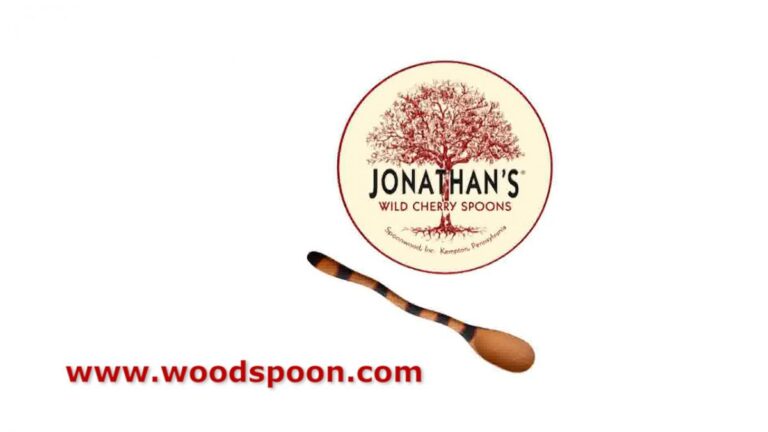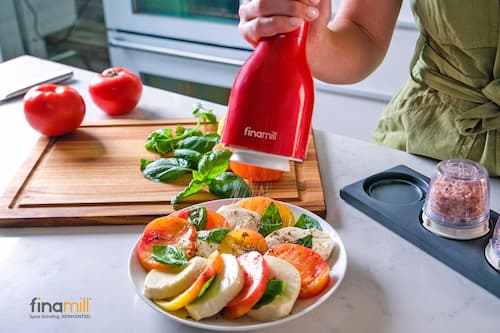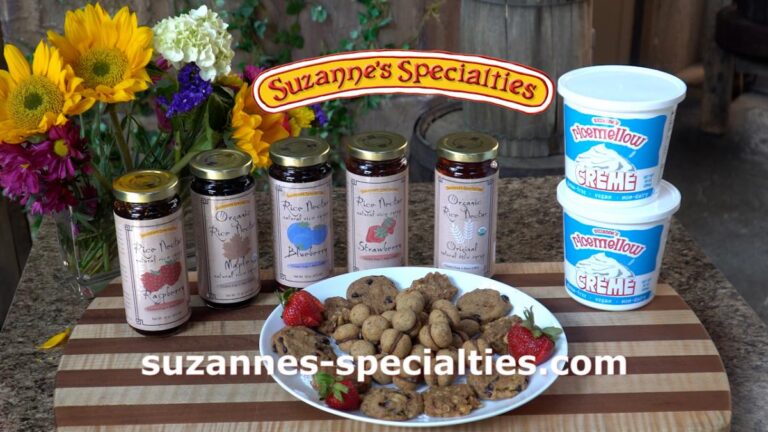The Care and Feeding of Our Breasts: Series Post 1 of 2

We hear about it every day. Women are diagnosed with a cancer that attacks the very symbol of our womanhood. From the rich and famous to the not so much, it seems no one is immune or safe from breast cancer. The numbers are staggering.
According to www.breastcancer.org, about 268, 450 (an increase yet again) new cases of invasive breast cancer will be diagnosed in 2017, and about 63,960 (up from 63,410) new cases of carcinoma in situ (CIS) of the breast will be found (CIS is non-invasive and is the earliest form of breast cancer). Approximately 46,450 women will die from breast cancer this year (also an increase). And finally, breast cancer is the second most common cancer among women in the United States, with skin cancer in first place. (It is the second leading cause of cancer death in women, after lung cancer.) Our men aren’t immune either with more than 2600 new cases of invasive breast cancer being diagnosed.
And yet, many organizations, The Susan G Komen Foundation being the best-known and most vocal of the bunch, tell us that if we run one more race, wear one more pink ribbon, buy more pink-themed merchandise from buckets of chicken to stand-up mixers to sneakers, we will see a cure for breast cancer in our lifetime.
This mantra has played for women since 1982, when the Komen Foundation began its work.
Prepare to get your pink panties in a twist. Honestly, I don’t care. I personally can’t sit by and watch more women suffer, be mutilated and die. I am in no way indicting the beautiful, powerful women and their loved ones who battle and have battled this disease. I’m in awe of their strength and courage. As a cancer survivor myself, I can relate to the fear, pain, stress and darkness that come as characteristics of cancer. I know what it feels like to be told that your life may be cut painfully short. I tell you this so you know I’m not speaking from a bully pulpit spewing theory or judgment without walking in the shoes of someone diagnosed with cancer. I have been there.
I am saddened…and enraged to hear of any woman’s diagnosis. Too many of my dearest friends have been diagnosed in just this past year. I am indicting all the companies and organizations that play on women’s emotions and vulnerability. And each year the numbers increase, diagnoses, deaths always go up it seems.
I have to speak out and say that there are other options to the way we deal with breast cancer in our modern world.
Most of what we read from experts in the field discuss the role of early detection. The talk now is to recommend that women at younger and younger ages are screened regularly with mammograms so cancer can be found and treated earlier. Why is no one questioning why younger and younger women are being diagnosed?
What about prevention? Certainly, early detection is important, but I am wondering why we are not working harder to help women avoid the whole mess as much as possible. Genetics aside (5-10% of breast cancers have a genetic cause); our lifestyles have a lot to do with our risk.
There’s lots of research on the role of diet as it relates to preventing cancer and all experts seem to tread lightly here, so as not to make claims that will have pharmaceutical companies and attorneys eating them for breakfast. They say the studies are inconclusive; they say there’s not enough empirical proof that our food and lifestyle choices have an extraordinary impact on our risk of cancer. But is that true? And…even if some results are inconclusive, wouldn’t it stand to reason that women should be encouraged to make the best food and lifestyle choices even if there’s a sliver of hope of prevention?
Dairy products are great examples. Most experts advise women to eat dairy products when they have breast cancer as calcium has been shown to decrease the risk of the disease and its recurrence. But wait a minute. Most women are terrified of their bodies having too much estrogen, right? Doctors tell them to avoid tofu and soy products as they can cause an increased uptake of estrogen in the body (utter nonsense, but I’ll get to that…). But milk, cheese, yogurt, sour cream and butter are okay?
Let’s look at the facts. Cows produce the milk most of us consume. They produce it while pregnant and often in the late stages of their pregnancy.
According to the NIH (National Institute of Health), “Increased levels of estrogen metabolites (EM) are associated with cancers of the reproductive system. One potential dietary source of EM is milk. In this study, the absolute quantities of unconjugated (free) and unconjugated plus conjugated (total) EM were measured in a variety of commercial milks (whole, 2%, skim, and buttermilk). The results show that the milk products tested contain considerable levels of EM; however, the levels of unconjugated EM in skim milk were substantially lower than that observed in whole milk, 2% milk, and buttermilk. Whole milk contained the lowest overall levels of EM while buttermilk contained the highest. As anticipated, soy milk did not contain the mammalian EM measured using this method. The relatively high levels of catechol estrogens detected in milk products support the theory that milk consumption is a source of EM and their ingestion may have a dietary influence on cancer risk.”
The important sentence in all that science is this one: The relatively high levels of catechol estrogens detected in milk products support the theory that milk consumption is a source of EM and their ingestion may have a dietary influence on cancer risk.
A PhD from Harvard School of Public Health said something similar and is looking to study the issue more. Her research reveals that natural estrogens, like those occurring in milk are “up to 100,000 times more potent than their environmental counterparts, such as the estrogen-like compounds in pesticides.” Modern dairy farms milk cows about 300 days a year and much of the time during late stages of pregnancy when hormones are very high with “up to 33 times as much of a signature estrogen compound (estrone sulfate) than milk from a non-pregnant cow.”
That’s a real problem. And yet, not many experts are telling women to increase their calcium intake with an increased consumption of leafy green vegetables, a great source of easily-digested calcium.
Oh, I get it. There’s no kale lobby?
Let’s talk soy, the supposed boogie man increasing women’s risk of breast cancer and recurrence.
According the NIH study above, no mammalian EM was found in soy milk. Want to know why? Because the estrogen that is in question is an animal hormone, not produced by a soybean. Yes, soy contains phytoestrogens, which are defined as, according to Cornell University: “Phytoestrogens are a group of chemicals found in plants that can act like the hormone estrogen. More than 300 foods have been shown to contain phytoestrogens. Most food phytoestrogens are from one of three chemical classes, the isoflavonoids, the lignans or the coumestans. Isoflavonoid phytoestrogens are found in beans from the legume family; soybeans and soy products are the major dietary source of this type of phytoestrogens.”
The article goes on to say: “The phytoestrogen can act like estrogen at low doses but block estrogen at high doses. Estrogen activates a family of proteins called estrogen receptors. Recent studies have shown that phytoestrogens interact more with some members of the estrogen receptor family, but more information is needed about how these receptors work, especially in breast cancer. Finally, phytoestrogens acting as estrogen mimics may affect the production and/or the breakdown of estrogen by the body, as well as the levels of estrogen carried in the bloodstream.
Phytoestrogens – acting differently from estrogen – may affect communication pathways between cells, prevent the formation of blood vessels to tumors or alter processes involved in the processing of DNA for cell multiplication.”
It goes on, but the message is that organic tofu and other traditional organic soy foods are not the great risk for breast cancer as some would have us believe and in fact, could be a girl’s best friend.
Every expert is quick to give the same advice to eat more fruits and vegetables, whole grains, beans and other plant-based foods as they may…may…play a role in reducing a woman’s risk of breast cancer. No one commits and shouts “Halleluiah! Kale can reduce your risk of breast cancer because it’s a great source of calcium with no estrogen.” They tell women to drink their milk, estrogen and all, because that’s what the literature, most likely sponsored by The International Dairy Foods Association tells them (spending over $8 million in lobbying).
It’s tired rhetoric that doesn’t inspire change. It doesn’t inspire us at a time when we need to be inspired.
However, it’s important to note that kale belongs to the cruciferous vegetable family (along with broccoli, cauliflower, cabbage, bok choy, watercress and collard greens). When cooked, chewed and digested, these veggies break down into compounds that have been shown to inhibit the development of cancer, according to The National Cancer Institute.
A few experts are raising their voices in support of plant-based eating and cancer risk.
In the most comprehensive study of human nutrition ever conducted, “What protein consistently and strongly promoted cancer? Casein, which makes up 87% of cow’s milk protein, promoted all stages of the cancer process. What type of protein did not promote cancer, even at high levels of intake? The safe proteins were from plants, including wheat and soy. As this picture came into view, it began to challenge and then to shatter some of my most cherished assumptions.” — Dr. T. Colin Campbell, author of The China Study
“I performed multiple regression analysis on breast cancer incidence. The highest correlation with breast cancer incidence was from animal source calories as compared to plant source calories. ”The saturated fat in meat and milk products increases the risk of breast cancer.” — Dr William Harris, author of Cancer and Vegan Diet
“Some dairy products, such as whole milk and many types of cheese, have a relatively high saturated fat content, which may increase risk. Moreover, milk products may contain contaminants such as pesticides, which have carcinogenic potential, and growth factors such as insulin-like growth factor I, which have been shown to promote breast cancer cell growth.” — The American Journal of Clinical Nutrition
It’s time to look seriously at our food and its impact on human health. It’s time to wake up and realize that the food we eat is the main cause for most of what ails us, including breast cancer.
We love convenience and ease in the kitchen. For many of us “cooking” involves some fresh foods and lots of packaged, pre-made foods so that life in the kitchen is less about cooking food and more about assembly. We want to eat like Julia Child, preparing impressive dishes–without actually cooking those impressive dishes from real food, Julia style.
I mention this because it’s an important factor in this discussion.
What if changing our diets to exclude processed, chemical-laced foods and replacing them with real foods could actually alter the course of our health? In Traditional Chinese Medicine, it works like this: if disease is created in a specific environment (so to speak), we employ various interventions and treatments to remove the disease. But we do not change our habits. The same circumstances (environment) that helped create disease are still present and so the risk of recurrence is high. If, on the other hand, there is a dramatic diet shift to healthier plant-based foods and natural living, then the environment that nourished disease is altered and-it stands to reason-so is the risk of recurrence.
If TCM is too weird for you, look at the pH of our bodies. The more acidic the pH, the higher our risk of disease. When our pH is slightly alkaline, we become less hospitable to disease and our risk will be reduced. Altering your ‘internal environment’ or blood chemistry to be healthier will reduce your risk of recurrence.
If you really think about it, the risk of recurrence is so high because we do not alter our behavior once disease is discovered. We cut, burn or poison the body. We weaken the body; compromise the body; destroying immune function but we don’t alter our habits and then wonder why we see the return of disease.
It’s the definition of insanity: doing the same thing and expecting different results.
What I am proposing is not revolutionary or crazy. It’s steeped in ancient wisdom and modern science. It’s thinking that is free of special interest influence and strives to tell the truth and help us all make healthier choices that keep us whole and authentically human.
There’s more than one way to skin the beast we know as cancer.
My prejudice comes from a Mediterranean macrobiotic approach to eating, the method and theory I used to regain my own health. On their website, the Susan G Komen Foundation says: “The macrobiotic diet is low in saturated fat and high in phytoestrogens, which may help balance a woman’s hormones during menopause, reduce symptoms of premenstrual syndrome, and prevent breast cancer and endometriosis.”
The NIH adds: “Macrobiotics is one of the most popular alternative or complementary comprehensive lifestyle approaches to cancer. The centerpiece of macrobiotics is a predominantly vegetarian, whole-foods diet that has gained popularity because of remarkable case reports of individuals who attributed recoveries from cancers with poor prognoses to macrobiotics and the substantial evidence that the many dietary factors recommended by macrobiotics are associated with decreased cancer risk. Women consuming macrobiotic diets have modestly lower circulating estrogen levels, suggesting a lower risk of breast cancer. This may be due in part to the high phytoestrogen content of the macrobiotic diet. “
Can a whole, unprocessed Mediterranean-style, plant-based diet cure all of our ills with its nutrient-dense approach to nutrition and natural living? Maybe…maybe not…but it’s sure worth trying since what we are currently doing isn’t working so well. Our collective diet of processed foods and animal-based fats does nothing for our health and is largely responsible for the ills that plague us. Maybe it’s time to try something else and see if ancient wisdom, coupled with sound science can’t deliciously take us toward a healthy future.
The Susan G Komen Foundation and other organizations dedicated to raising money for cancer research would have us believe that if we just run one more race or tie one more ribbon…just raise a bit more money…that research can find the cure.
The truth is that the cure is within us and we must begin by nourishing our bodies in a way that makes us strong with efficient immune function that helps to protect us from disease. The current modern diet of highly processed foods will only keep us on the path to disease that we currently walk.
Update: According to USA Today: “A new study suggests there may be a way for women to dramatically reduce their risk of breast cancer, without cutting calories, losing weight or taking medication. More to come on this so I can give you the best information you need to stay well.
Sources:
http://www.ncbi.nlm.nih.gov/pmc/articles/PMC3357167/
http://envirocancer.cornell.edu/factsheet/diet/fs1.phyto.cfm
http://freefromharm.org/health-nutrition/21-experts-on-the-dairy-breast-cancer-connection/
http://www.ncbi.nlm.nih.gov/pubmed/11694648
http://ww5.komen.org/BreastCancer/Macrobioticdiet.html
http://news.harvard.edu/gazette/2006/12.07/11-dairy.html
http://envirocancer.cornell.edu/factsheet/diet/fs1.phyto.cfm







